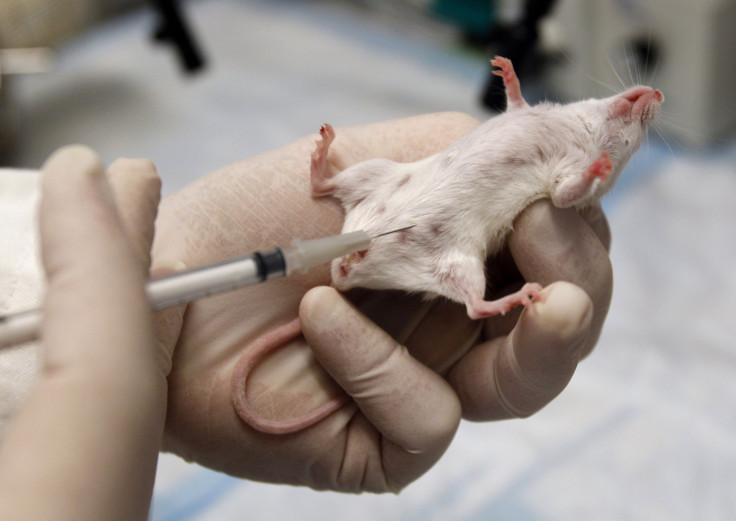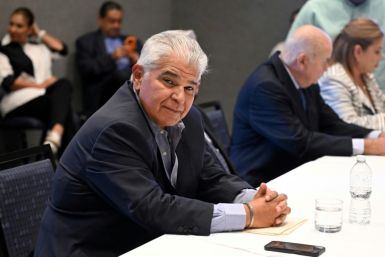Breakthrough Medical Research Experiment On Mice: Non-Invasive Ultrasound May Be Used To Fight Alzheimer's Disease

Researchers at the University of Queensland have experimentally discovered an innovative way that could possibly help treat Alzheimer's and the associated loss of memory and bodily functions. Research has revealed that non-invasive ultrasound technique can be used to break down the accumulated amyloid plaques that affect the normal functioning of the brain in Alzheimer's disease.
In contrast to the other researches involving use of invasive procedures for destruction of toxic amyloid plaques, the Australian researchers this time claimed to have restored the memory function in the brain of a mouse that had amyloid plaques and showed symptoms similar to Alzheimer's.
To remove the plaques from the mouse brain, the researchers applied ultrasound to their affected brain without the help of any external chemical agent. According to the researchers, the ultrasonic waves activated the microloglial cells that destroyed or “consumed” the amyloid plaques in the brain, thus restoring the lost memory function in the affected mice.
Alzheimer's disease affects elderly people whose age exceed 65 years. It is a chronic neurodegenerative disease that worsens with age, and in extreme cases, might even result in the death of the affected individual.
Accumulation of neurotoxic plaques in the brain of an individual affects the neuronal connections, hence affecting the memory and cognitive ability of the patients suffering from Alzheimer's disease.
According to Alzheimer's Disease International, the number of patients suffering from Dementia, including Alzheimer's disease is estimated to be around 35 million globally.
The research has been published in the journal Science Transational Medicine.
To report a problem or to leave a feedback on the article, send an e-mail to emailtoguneet@gmail.com.






